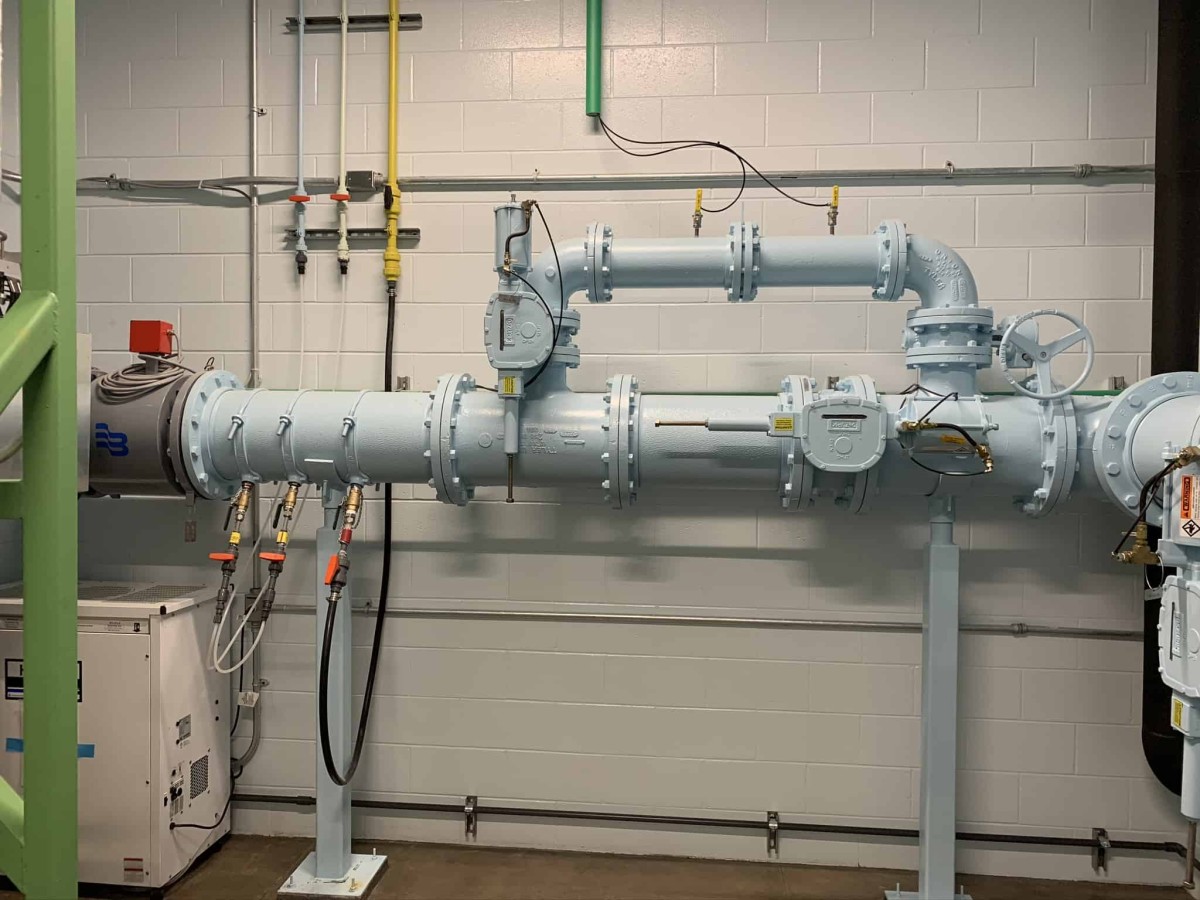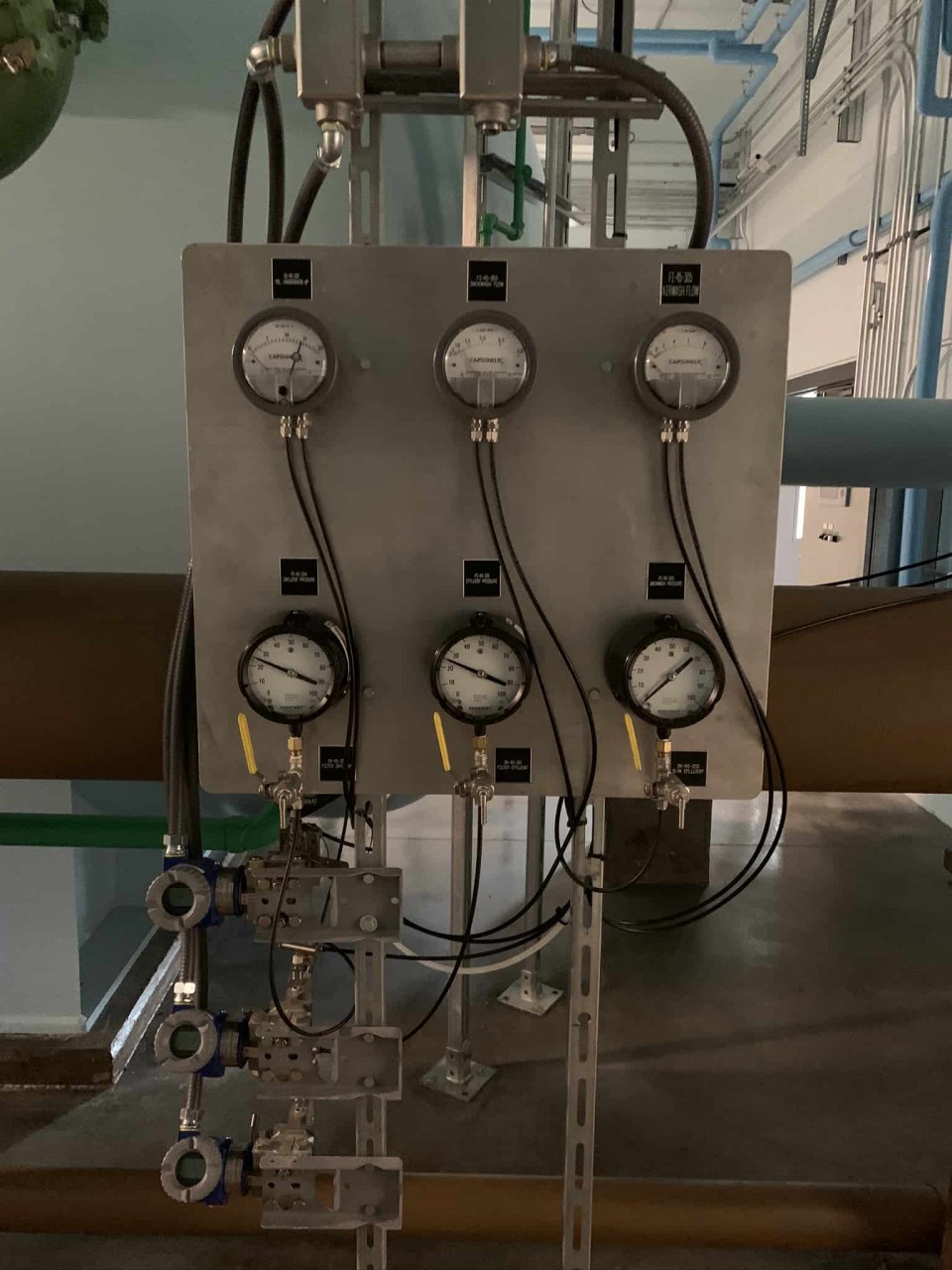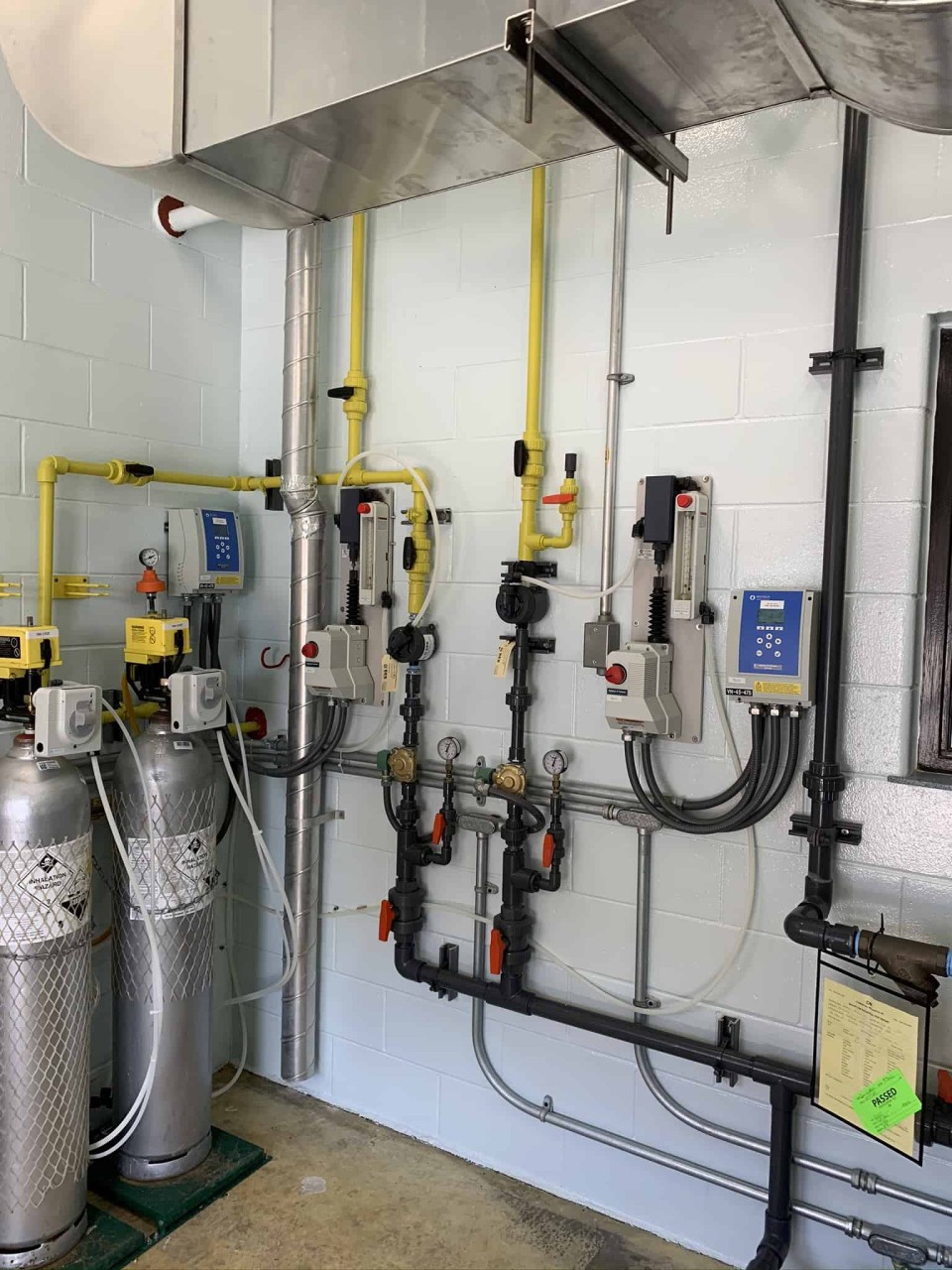The reasons behind a water distribution system upgrade
A 2020 Yale Environment Review article calls attention to declining drinking water distribution systems across the United States and notes leaking pipes lose up to 6 billion gallons of water daily. Because most U.S. water infrastructure was developed in the 1900s with an estimated lifespan of 100 years, malfunctions like leaking pipes, pump breakdowns, unregulated valves and others indicate widespread disrepair in worn-out systems.
Climate change has altered precipitation patterns and decreased water supplies, leaving municipalities struggling to secure critical water supply systems. Upgrading the national water distribution system offers the only sustainable way to ensure a cost-effective, long-term supply of clean drinking water for growing populations across U.S. communities.
This blog post discusses some crucial components in drinking water distribution systems that are most susceptible to wear and tear, reasons behind water distribution system upgrades and why municipalities need a team of engineers and hydrogeologists to guide them through such revitalization projects.
Water distribution system components and the need to upgrade
Some of the most vital components of a drinking water distribution system include:
- Well pumps. Well pumps typically last anywhere from 10 to 15 years. Durability depends on several factors, including water pressure and network water flow, pump design, maintenance and inspection. Incorrect pump sizes can result in poor performance and higher operation and maintenance costs. Upgrading hydraulic pump systems with more efficient equipment and variable frequency drives (VFDs) can improve potential savings by as much as 40%.
- Motors. Electric motors drive water distribution system pumps and use diesel or natural gas engine backups to operate during power outages. Submersible motor/pump assemblies for municipal water distribution systems operate continuously under harsh conditions. Such parts require frequent maintenance and upgrades to prevent breakdowns.
- Piping: Mains and distribution pipes usually last 50-100 years. Service lines were previously made of metals such as lead and steel but a majority have been upgraded to plastic or copper now. Replacing lead service lines and upgrading them with plastic or copper also eliminates the risk of lead leaching into public water supplies. Water mains are prone to corrosion due to aging, electrolysis, contaminated soils and other factors. Corrosion, along with incorrect installation, soil movement and water hammer eventually lead to water mains failure. Upgrading water mains with materials such as PVC or ductile iron prolongs the piping lifespan.
- Valves. Critical to water distribution systems, valves regulate flow, isolate equipment and restrict water flow necessary during maintenance. Butterfly valves and gate valves are some of the most common types used in municipal water distribution systems. An average valve lasts for more than 35 years and requires an upgrade based on the frequency of activation and additional factors like leakage tendency, reliability of technology and ease of maintenance.
- End-use equipment. This category includes taps, storage facilities, meters, hydrants and service connections to user facilities. While many kinds of end-use equipment like tanks, reservoirs and hydrants last longer than other components, they still require timely upgrades to ensure reliable water storage and consumer distribution.
By upgrading the key components in water distribution systems, along with other accessory components, municipalities can help:
- Mitigate risks of waterborne diseases and lead contamination. Leaking pipes increase the risk of waterborne diseases. Lead pipes are also a source of contamination in drinking water supplies. Upgrading broken and deteriorating pipes can help ensure clean quality water.
- Reduce stress on compromised water infrastructure. Population growth adds stress to aging water infrastructure. Upgrades support the construction of a robust system to address increased water demand across communities.
- Secure water supply against shortages. Research studies project decreased water supplies under future climate conditions in more than 70% of watersheds. Upgraded water distribution systems help secure water supplies and improve reservoir storage capacities, especially in dry regions. Upgrades also reduce water loss associated with leaking water infrastructure to allow water utilities to operate more efficiently.
- Provide sustainable water services. Amid changes in precipitation patterns caused by climate change, upgrades can help municipalities implement effective water management strategies, particularly in urban areas with larger populations.
Upgrading water distribution systems has become a public emergency to ensure access to safe water supplies across the U.S. A team of experienced water engineers can lend municipal leaders invaluable expertise and help determine upgrades for individual systems.
How Fehr Graham can help upgrade the water distribution system in your community
The professionals at Fehr Graham understand the challenges communities face in upgrading water distribution systems. Large investments and extended project timelines can deter municipalities from upgrading their water infrastructures. Our team of water engineers works with community leaders to create comprehensive plans and ensure safe reliable drinking water supplies. Whether you need to upgrade distribution mains, treatment systems, wells, pumps and controls, replace lead service lines or increase elevated or ground storage capacity, we assist municipalities through every stage of the process.
When it comes to upgrading water distribution systems, communities often lack enough funds to complete the project. At Fehr Graham, we provide more than engineering solutions. We help communities secure all types of local, state and federal funding for water distribution system upgrades.
To learn more about how Fehr Graham can help you upgrade the water distribution system in your community, contact us or give us a call at 815.394.4700.
 |
Seth Gronewold is a Professional Engineer who manages several municipal and private projects. As one of the firm’s
owners, he works to improve the quality of life for those in northern Illinois by evaluating issues, listening to
needs and being responsive to clients. Contact him at |
Collaborative, Insightful, Results-Driven Solutions
Fehr Graham provides innovative engineering and environmental solutions to help improve the lives and communities of our customers.



